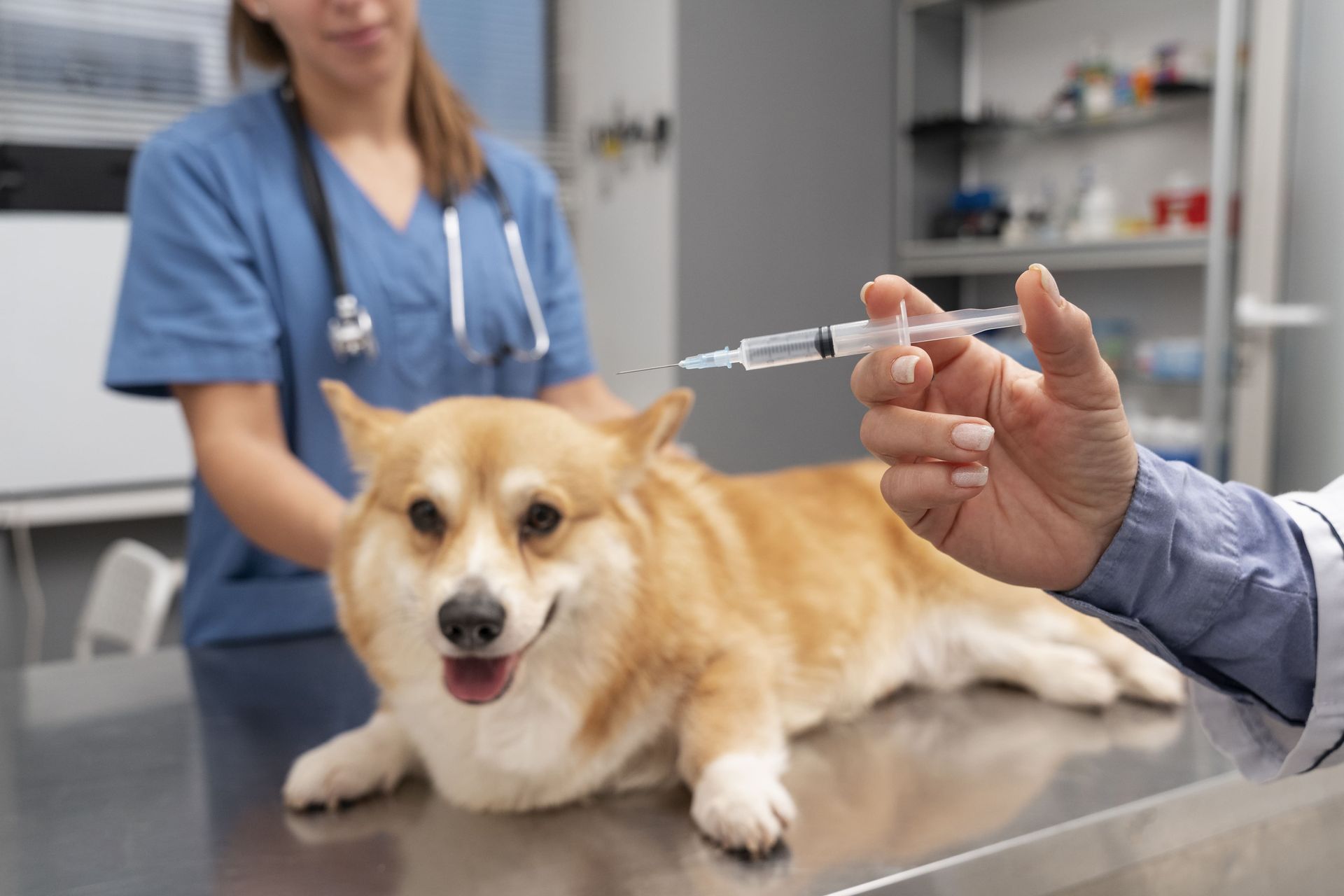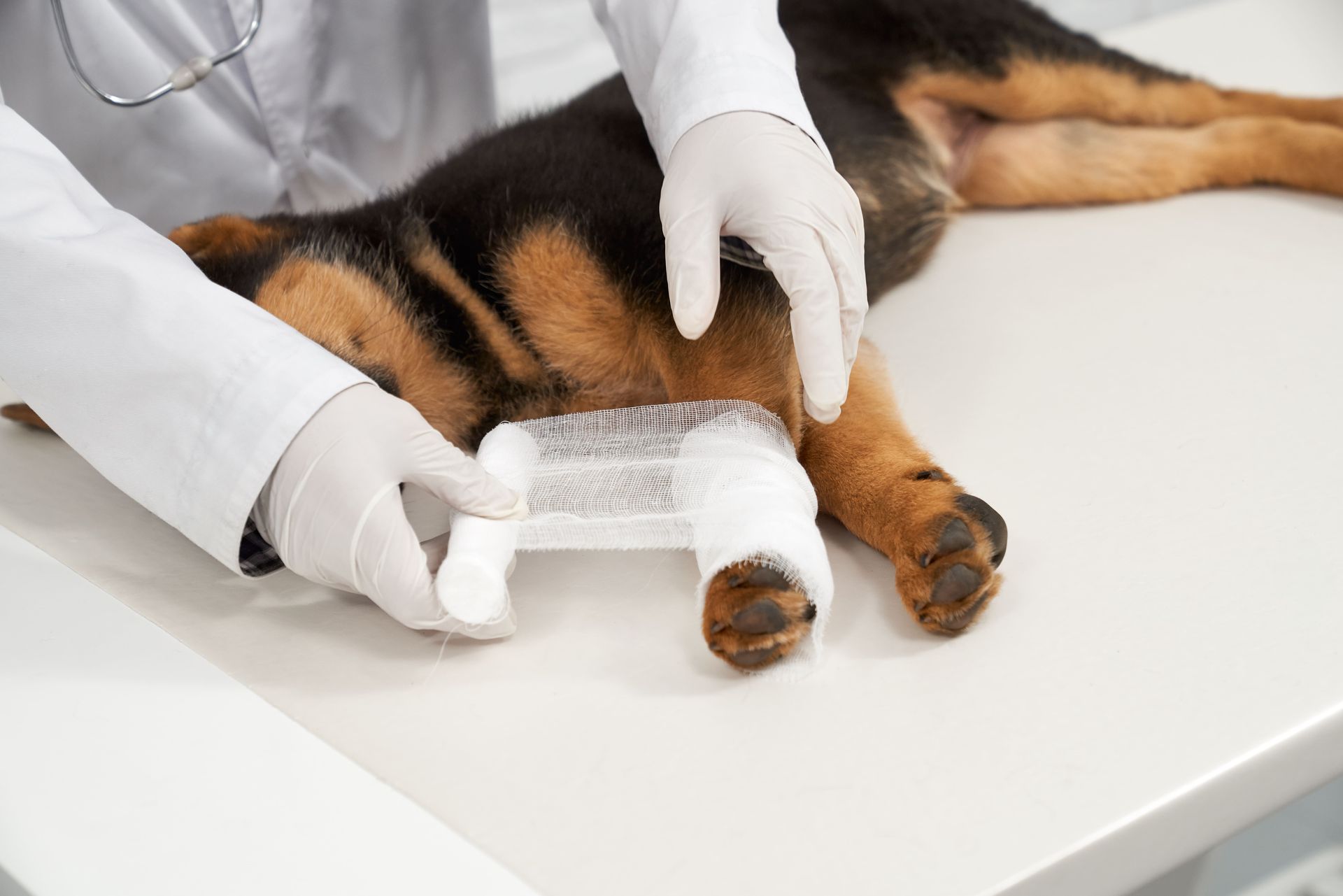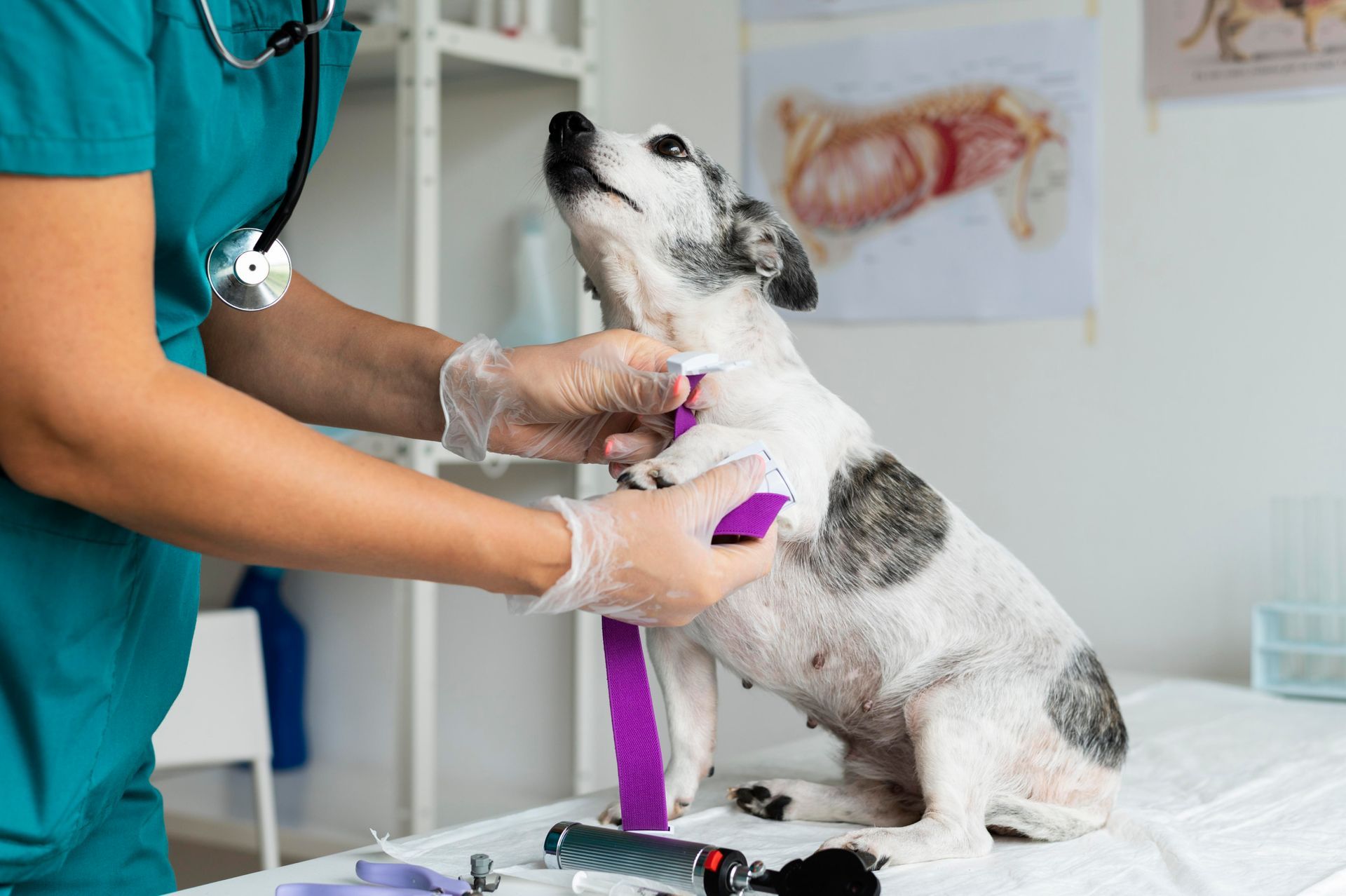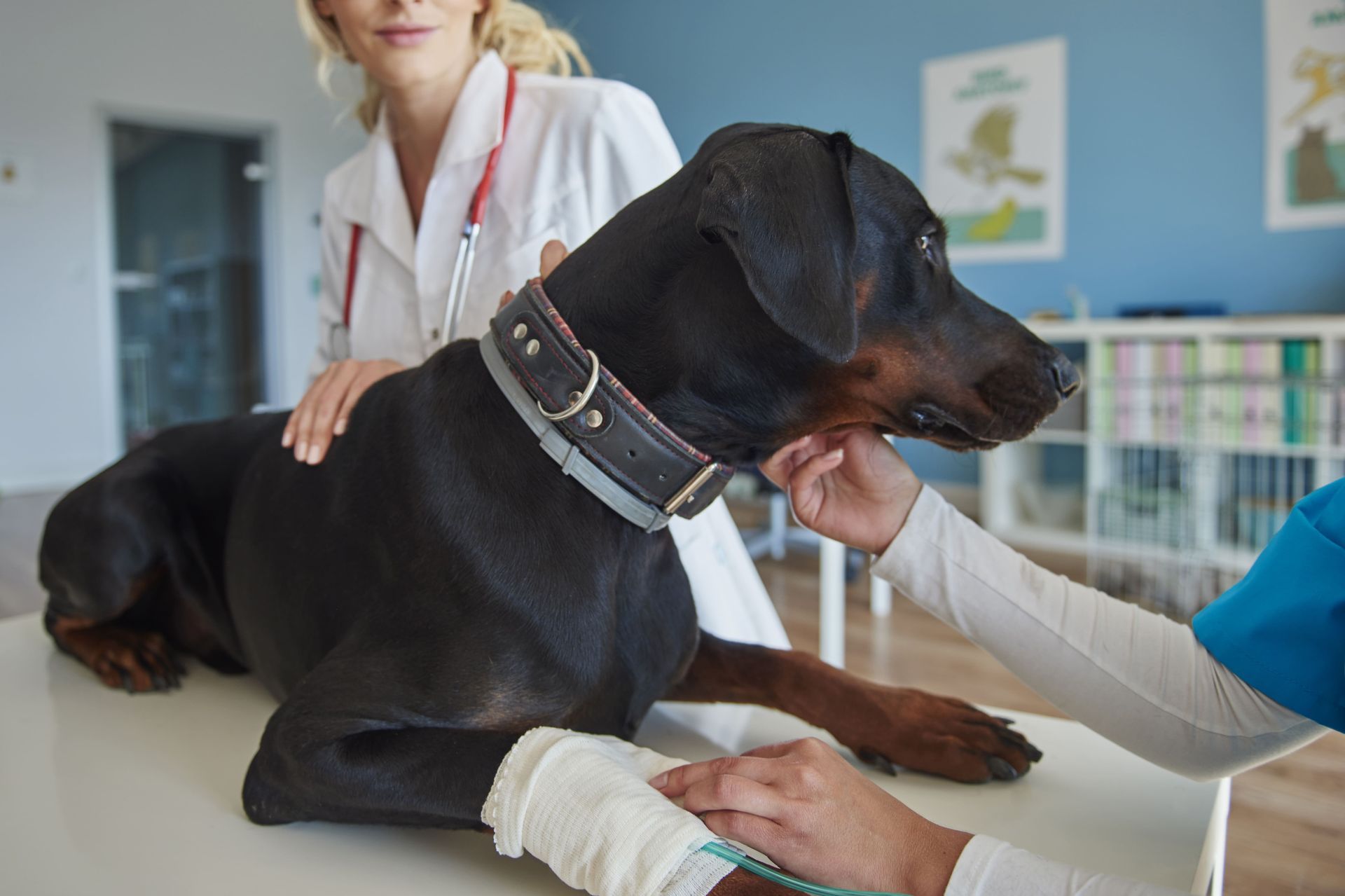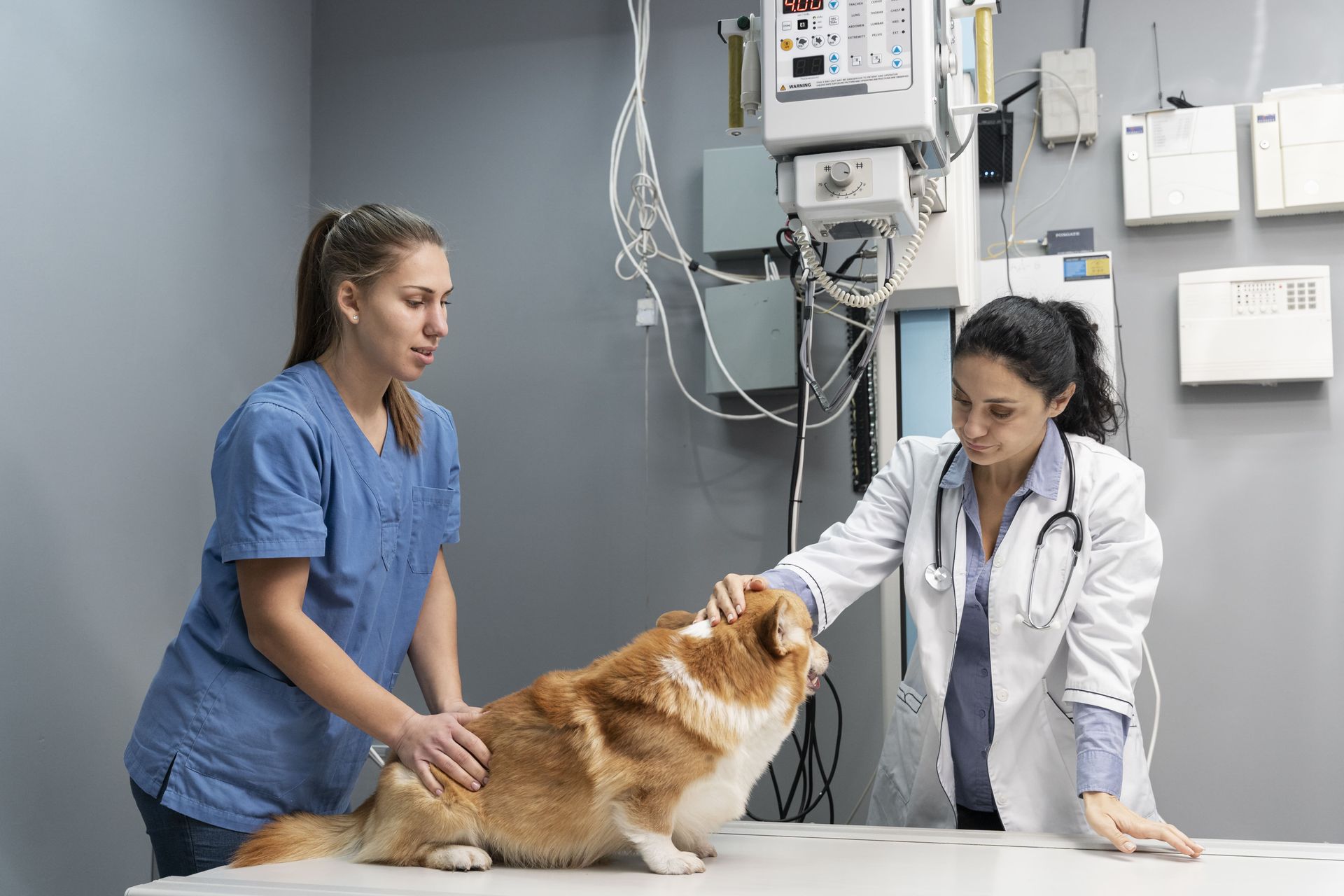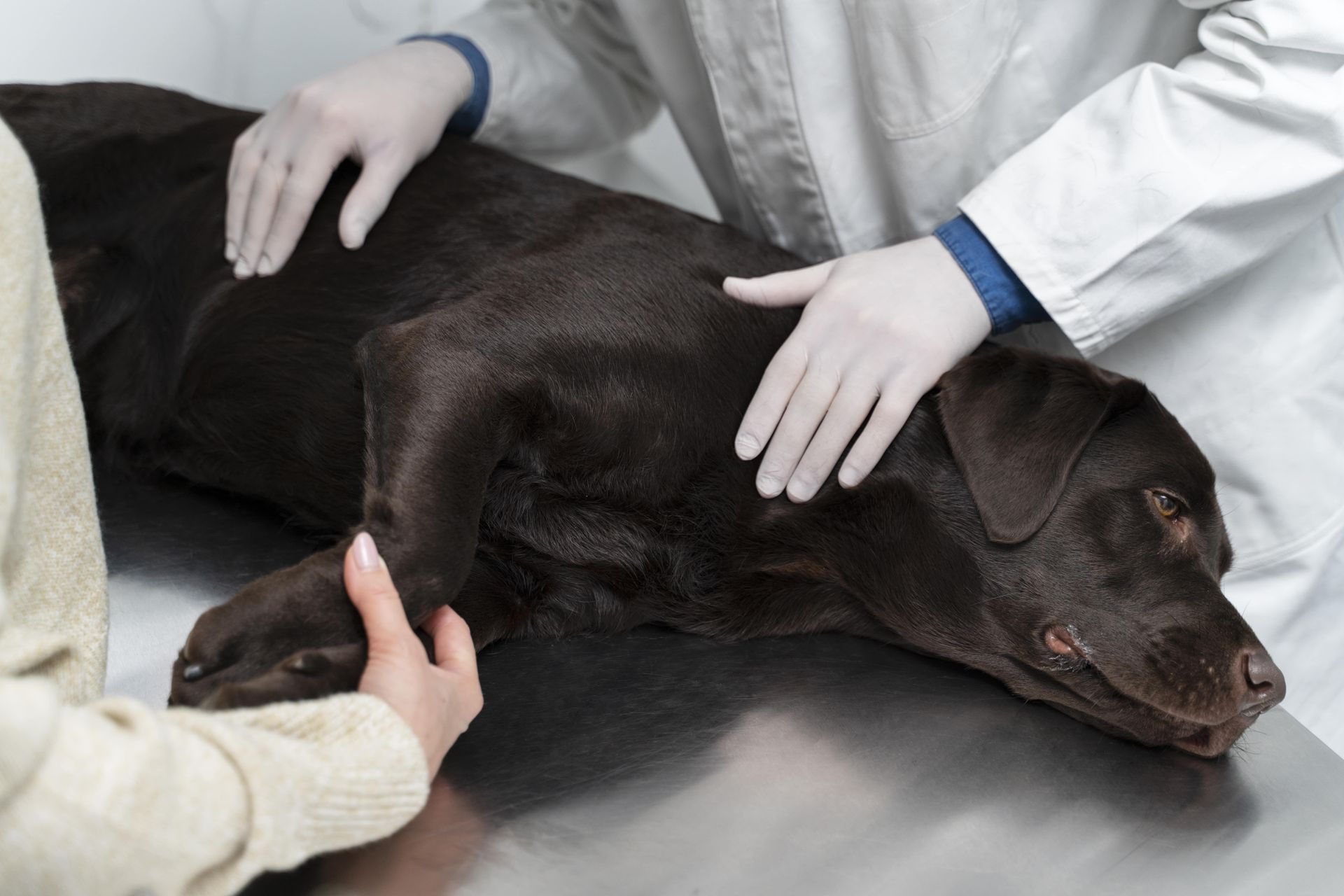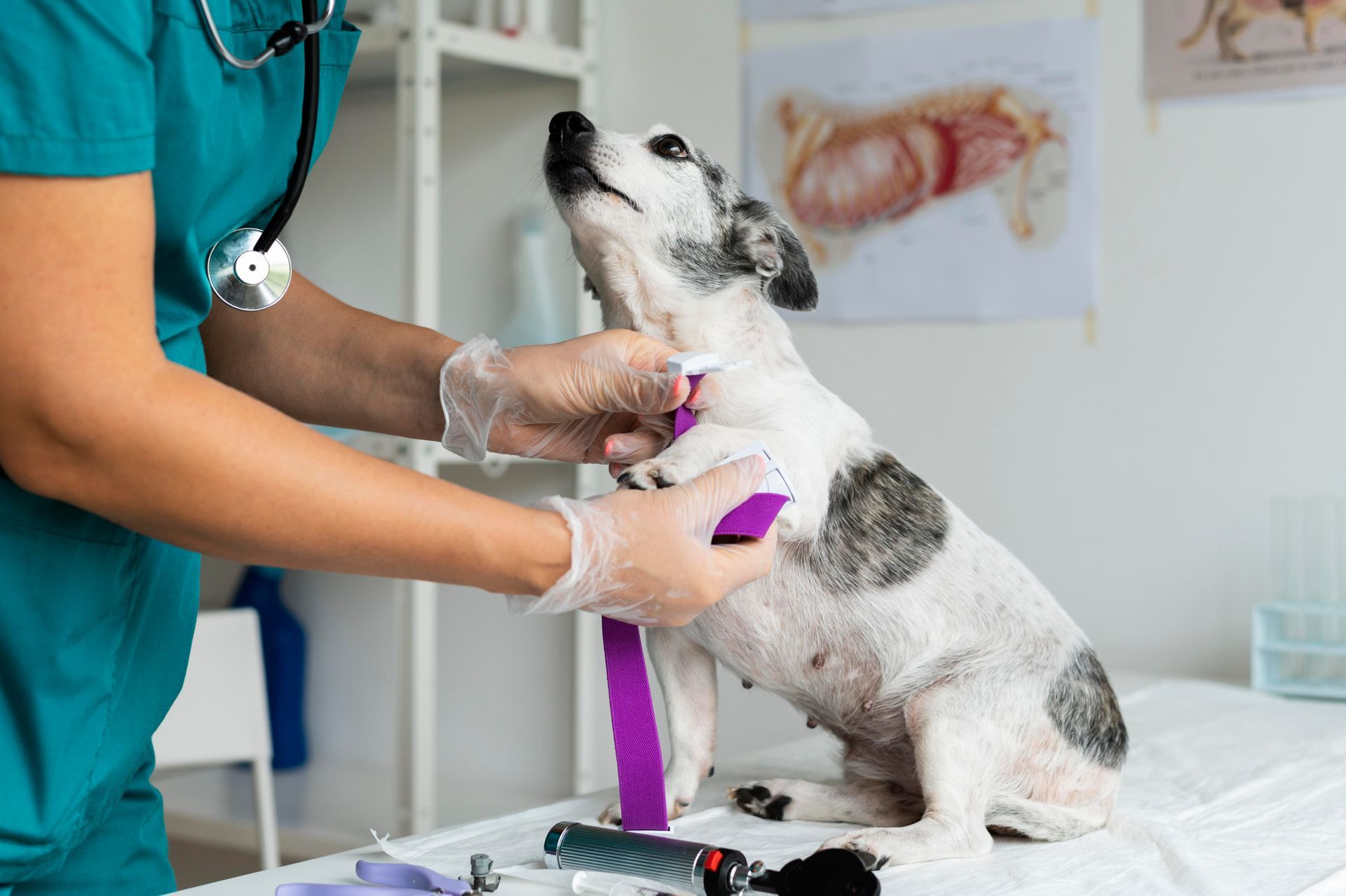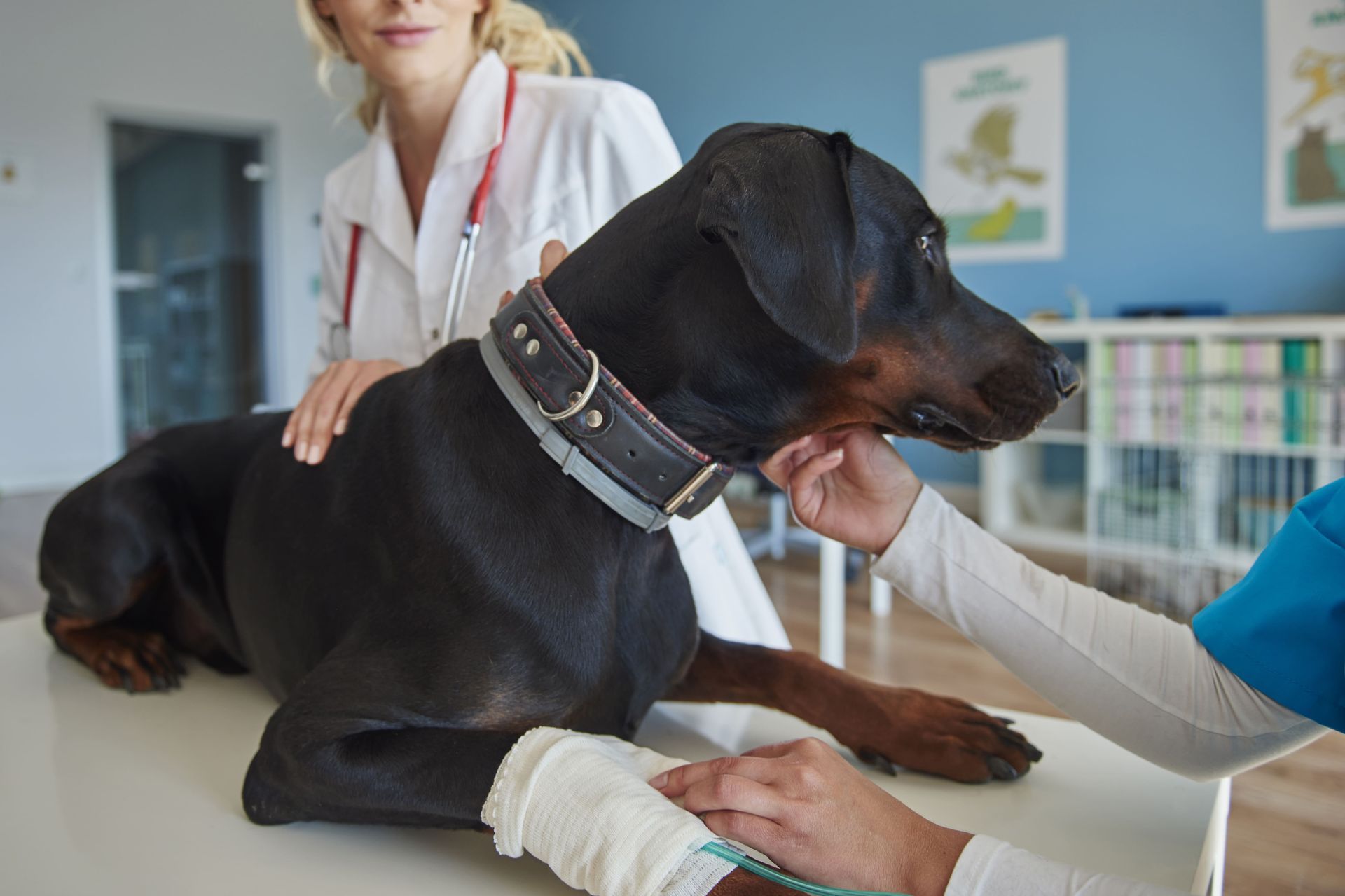Contact Info
133 Lincoln Avenue, Fair Lawn, New Jersey 07410, US
973-427-0990
133 Lincoln Ave, Fair Lawn, NJ 07410
Call Us Now: (973) 427-0990
133 Lincoln Ave, Fair Lawn, NJ 07410
Call Us Now: 973-427-0990
Leaving your pet behind—whether for a weekend getaway or an extended trip- can tug at your heartstrings. Will they be okay? Will they miss you? Will they eat, sleep, and play like they usually do? These thoughts are completely normal for any devoted pet parent. But here’s the good news: with the right preparation, your pet’s first boarding experience can feel more like a cozy sleepover than a stressful separation. Think of it as planning a mini staycation for your furry friend, complete with familiar comforts, a structured routine, and plenty of TLC from trained professionals. The goal? To help your pet feel safe, loved, and cared for even when you’re not around. In this guide, we’ll walk you through simple but powerful steps to make their first pet boarding
as smooth as possible, for both of you. Because peace of mind should go both ways.
1. Introducing Your Pet to the Boarding Environment
Acclimating your pet to the pet boarding environment beforehand can ease their transition. Consider a few short visits to the facility to help them become familiar with the sights, sounds, and smells. This way, they'll associate the environment with positive memories rather than sudden separation anxiety. It's similar to preparing a child for school by allowing them to attend pre-school visits—easing them into a significant life change one small step at a time.
During these visits, observe how the staff interacts with your pet and other animals. Are they attentive and caring? Do they seem experienced in handling different breeds and temperaments? A reassuring visit ensures that your pet boarding experience will be a safe and happy one. Such transparency and familiarity can be incredibly comforting at a time when you're making crucial decisions about your pet's care.
2. Keeping Their Routine Consistent
Maintaining your pet's regular feeding, sleeping, and playtime schedules will provide them with a sense of normalcy. Consistency can mitigate anxiety and help your pet adjust more comfortably. Talk to the pet boarding facility about how they can adhere to your pet's routine. Whether it means ensuring they receive their daily walk or keeping feeding times consistent, these little details matter to your pet's mental well-being.
Consider creating a detailed list of your pet's daily schedule. Include their favorite activities, typical nap times, and any quirks they have—like a preference for a particular toy before bed. Communicating these to the pet boarding staff helps them maintain an environment that feels as familiar as possible for your pet, reducing stress and anxiety.
3. Familiar Comforts from Home
Sending your pet with their favorite toys, blankets, or bed can provide a comforting reminder of home. Familiar items can be a great source of comfort for your pet during their stay. A favorite squeaky toy that accompanies them on walks or a blanket that smells of home can make the difference between a stressful and a soothing pet boarding experience.
Think of these items as emotional anchors—they help your pet feel safe, secure, and connected to the familiar in an unfamiliar setting.
4. Health Check and Vaccination Updates
Before boarding, ensure your pet’s vaccinations are up-to-date. A veterinary check-up can be helpful to address any health concerns that might arise during their stay. This step isn’t just about fulfilling pet boarding regulations, but it's also essential for your pet’s safety and the well-being of other boarders.
Some facilities might have specific health prerequisites, including annual parasite testing and vaccines, especially if they offer medical pet boarding services. It's always a good idea to get a comprehensive rundown of these requirements well in advance to ensure your pet is cleared for their upcoming trip.
5. Communication with the Boarding Facility
Engage with the pet boarding staff about your pet's specific needs or quirky habits. Clear communication will ensure your pet receives the personalized care they need. Perhaps your dog loves an evening cuddle or your cat prefers quiet spaces; informing the staff about such preferences can make the stay smoother for your pet, making sure they feel cared for and understood.
Being open about any medical or dietary needs is crucial. Some pets may require prescriptions for health conditions or specific meals due to allergies, and knowing how the facility accommodates these needs will give you peace of mind. Don’t hesitate to ask about updates to stay connected with your pet while you're apart—photo and message check-ins can be surprisingly comforting.
6. Packing Essential Supplies
Ensure you pack enough food, medications, and other daily essentials for your pet’s entire stay. Having their usual supplies will help maintain consistency while they're away from home. This not only supports their routine but also helps avoid potential digestive upsets caused by sudden dietary changes.
Label everything—food containers, medications, and even toys—to make life easier for the pet boarding staff and ensure your pet receives the right care at the right time.
7. Practicing Short Separations
Start practicing short separations before the pet boarding date. This can help your pet gradually get accustomed to being away from you. Begin by leaving them alone for brief periods and gradually extend this time to build their confidence in spending time without you. Such practice can significantly reduce separation anxiety when the actual boarding stay occurs.
8. Easing Your Own Anxiety
Your pet can often sense your emotions. Staying calm and confident will reassure your pet that everything is alright and can make the separation easier for both of you. Knowing your pet is in the best possible care, such as that provided by Lincoln Avenue Cat & Dog Hospital, can give you reassurance and peace of mind. Remember that a positive drop-off will set the tone for a positive pet boarding experience.
Think of the time apart as an opportunity for your pet to enjoy a mini-vacation of sorts, interacting with other animals and caring staff who are there to ensure their well-being. Embracing this mindset helps alleviate guilt and helps you focus on how beneficial the experience can be for your pet. After all, even pets deserve a change of scenery once in a while!
Final Words
Preparing your pet for their first pet boarding experience doesn’t have to be stressful. With thoughtful preparation, open communication, and a few familiar touches from home, your pet can enjoy a safe, happy, and enriching temporary stay. Remember, it's all about creating a comforting bridge between their home and a new environment. Trust the process, and know that with the right approach, both you and your pet can confidently navigate this new chapter—tail wags and all.
FAQs
Q-1. How early should I start preparing my pet for boarding?
Ans: Begin preparation at least 2–4 weeks in advance. This gives you time to visit the facility, acclimate your pet, and handle vaccinations or other health requirements.
Q-2. Can I call to check on my pet during their stay?
Ans: Yes, most pet boarding facilities offer updates via phone, email, or even photos to give you peace of mind while you're away.
Q-3. Is it necessary to bring my pet’s own food?
Ans: It’s highly recommended. Keeping your pet on their regular diet helps prevent stomach issues and maintains routine.
Q-4. Will my pet be socialized with other animals during boarding?
Ans: That depends on the facility and your pet’s temperament. Many pet boarding centres offer supervised playtime with other pets, but this is usually tailored to your pet’s comfort level and social needs.

The Lincoln Avenue Cat & Dog Hospital was founded in 1984, quickly emerging as a regional leader in treating felines exclusively.
Quick Links
Contact Info
133 Lincoln Avenue, Fair Lawn, New Jersey 07410, US
973-427-0990

Quick Links
Contact Info
133 Lincoln Avenue, Fair Lawn, New Jersey 07410, US
(973) 427-0990
Fax: (973) 427-0990
© 2025
All Rights Reserved | Lincoln Ave Cat & Dog Hospital
New Paragraph
PAYMENT POLICY
Please note that there is a 3.5% processing fee applied to all credit card payments. If you wish to not incur this fee we will accept a debit card or cash. We apologize for any inconvenience.
